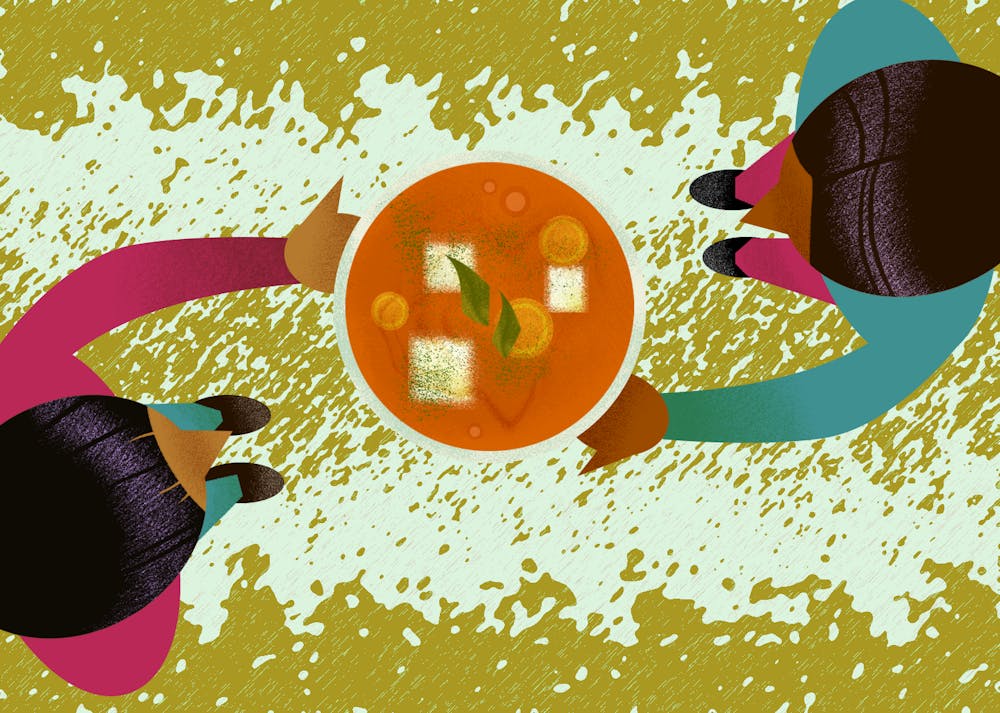There are many forms of kindness that reveal how we interact with each other and perceive the world. Though I believe there are more than two types, the main ones I have personally seen the most are active and passive kindness.
Passive kindness generally refers to modes of kindness which are much more laid back or require less effort. An example would be writing “Happy birthday!” on the Facebook wall of a close friend or sending your parents a brief text message saying you miss them and wish them well.
Active kindness entails more action, generally. Acts like going out of your way to give $20 to the homeless man at the end of the street or, to follow along with the birthday example, baking your friend a birthday cake to celebrate their turning 22.
In recent times, I’ve felt a dramatic shift in how we perform acts of kindness. Our acts of kindness have generally become more passive in what I predict would be to follow the trend of social media.
Social media generally has us doing less and saying more. In such a way, I’ve observed that we become more inactive and more passive — in our daily lives, in conversations, in our social relationships and in how we display kindness.
The pandemic has put a tremendous rift in a human's ability to display active kindness. Some of us are brought to be empty by the shutdown of everyday life so that we feel we have no kindness to give.
The solution, as it is most of the time, is a combination of the two possibilities. The first tenet would be to create a balance of the kindness you give. This doesn’t mean that we have to stop passive acts of kindness; to the contrary, passive acts of kindness can be incredibly fulfilling and rewarding for all parties involved.
But when our default mode of kindness becomes passive, our relationships bear the risk of becoming stale and cold, much in the same way social media can leave us feeling dissatisfied with our social lives. By creating a healthy balance of the two, we enjoy the benefits of both worlds: virtual support when needed and active support for the moments that truly count.
The second step is nothing new; in fact it’s quite old: We need to focus on being kinder to individuals regardless of who they are. Whether it’s someone we deeply love, someone we barely know or someone we hate, we must learn to give kindness indiscriminately.
The pandemic has made giving active acts of kindness more difficult (quarantine throws a wrench in many plans, but when you do have a successful one, make sure to wear a mask!). Additionally, so many of us have been left completely drained of our positive emotional reservoirs that we feel we have no kindness to give.
The beauty of kindness is that it’s a positive feedback loop in our social circles, our families, our schools and the world. It’s this incredibly ingenious design of beneficial altruism bestowed upon us by our evolutionary origins that allows us to deeply connect with each other.
I find that I, too, have become rather reserved in giving out kindness, but that's OK. It's something to work on, and I will be taking steps as soon as this week to be more kind.
This week, I’m going to challenge myself to perform one act of kindness each day. I hope to balance the two types, active and passive, and possibly urge others to take on a similar challenge. Will you take the challenge to give just a bit more kindness?
Reach the reporter at cbeal4@asu.edu and follow @beal_camden on Twitter.
Like The State Press on Facebook and follow @statepress on Twitter.




